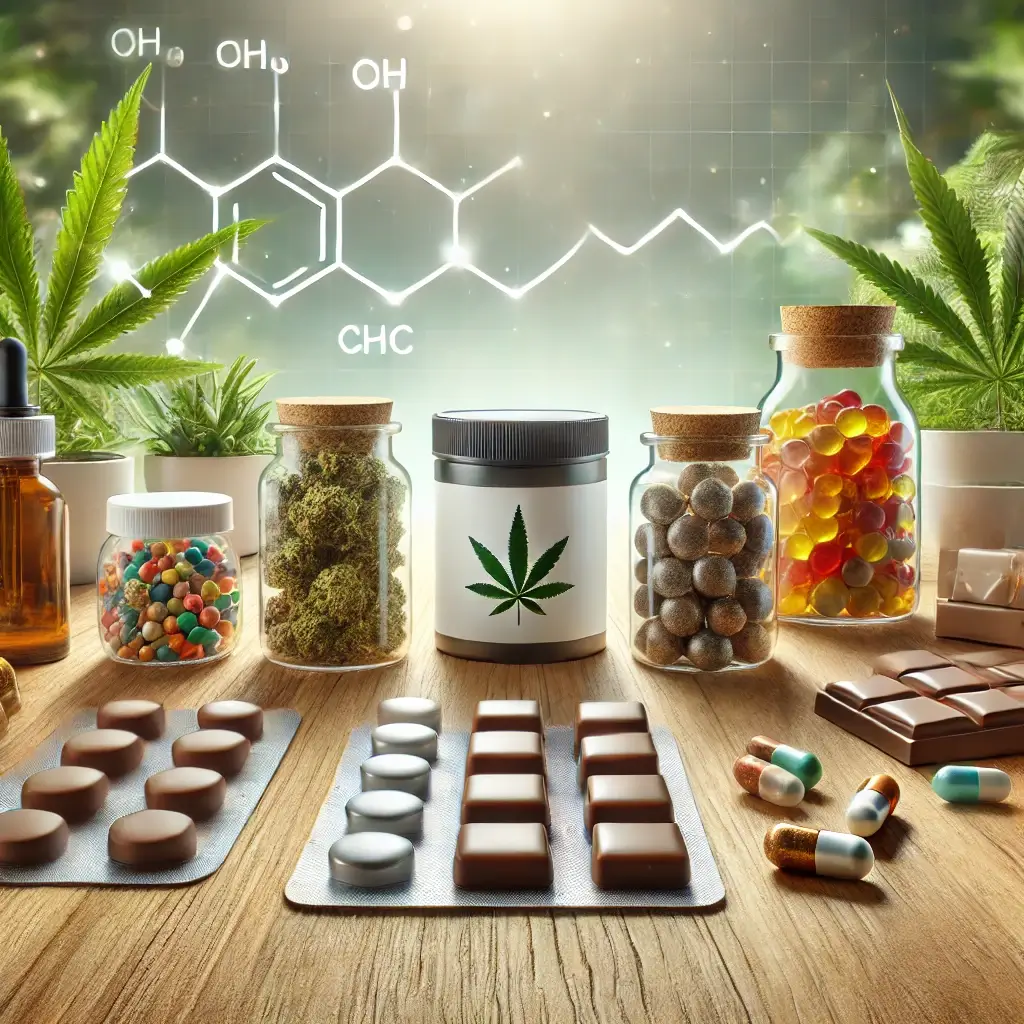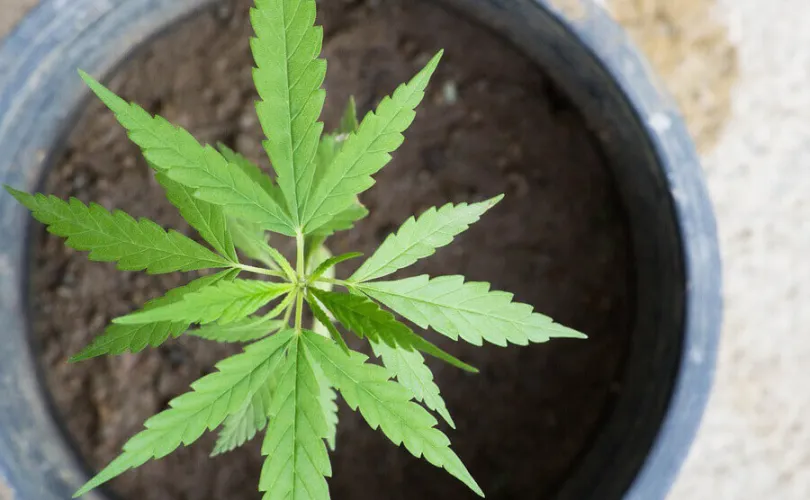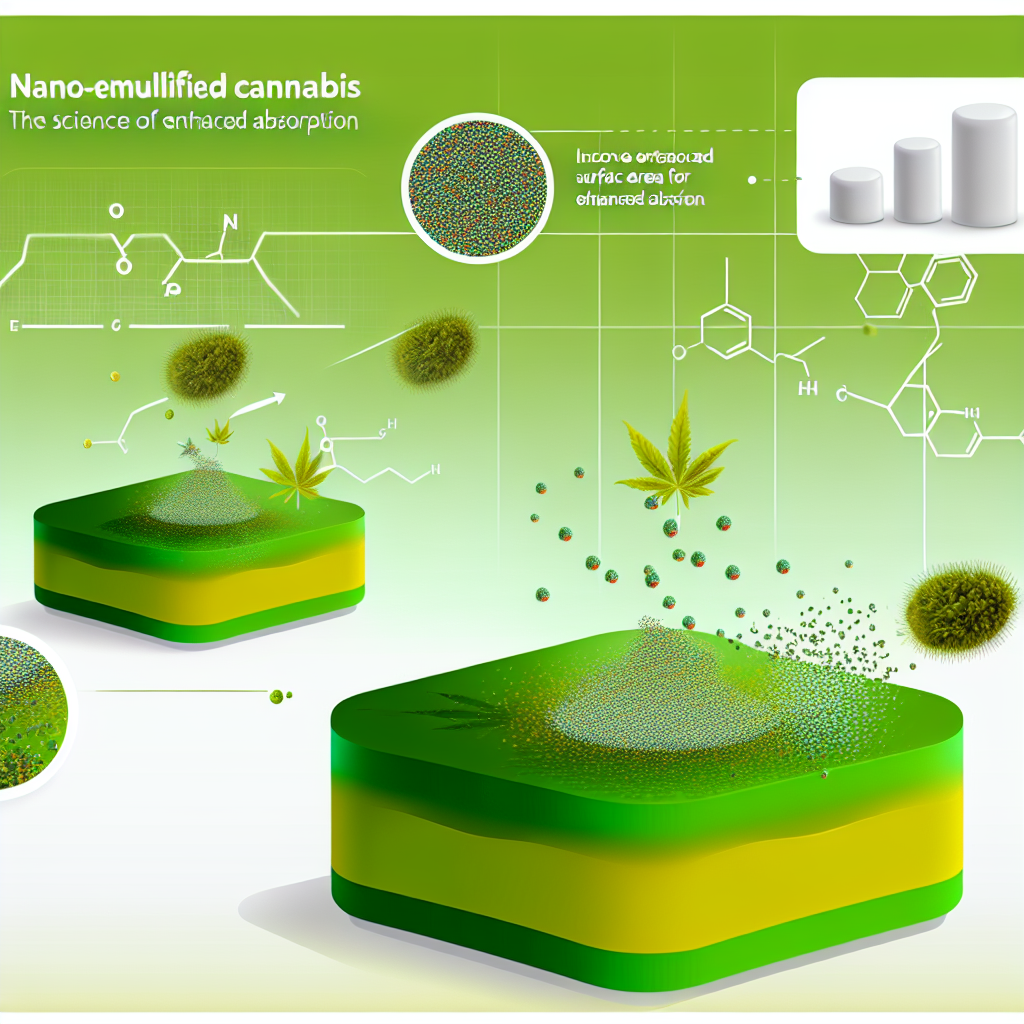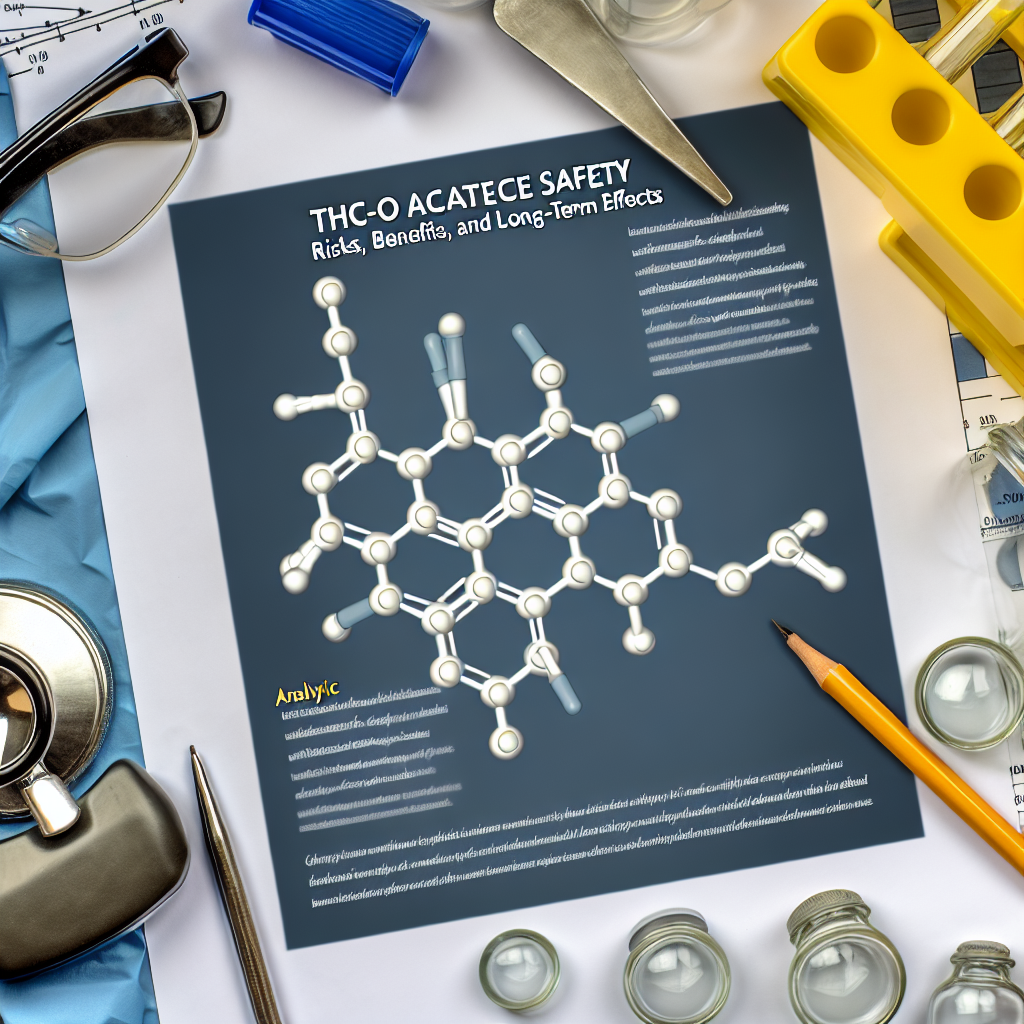Understanding Medical Cannabis Edibles
Medical cannabis edibles are increasingly popular among patients for their convenience, discretion, and long-lasting effects. However, their unique pharmacological profile makes precise dosing critical. Unlike inhaled cannabis, edibles take effect more slowly, as the active compounds are metabolized in the liver. This process transforms delta-9-THC into 11-hydroxy-THC, significantly intensifying its psychoactive properties and prolonging its duration. This variability in onset and intensity can be challenging, particularly for new patients.
Factors Affecting Cannabis Metabolism
Several factors contribute to this complexity, including individual tolerance levels, metabolic rate, and gastrointestinal health. A slow metabolism, for instance, can lead to delayed effects, while faster processing may result in shorter durations. Compounding these challenges are inconsistencies in preparation, such as uneven distribution of cannabinoids within products or potency fluctuations.
Technological Advancements in Cannabis Edibles
Innovative solutions are reshaping this landscape. Technologies like nanoemulsion in cannabis edibles have introduced a new era of precision in edibles, enabling faster onset times and more predictable dosing. Improved manufacturing practices, alongside robust labeling requirements, empower patients to make informed choices. This article provides an evidence-based framework for dosing and highlights cutting-edge advancements that ensure safe and effective use of medical cannabis edibles.
Framework for Precise Dosing
The “start low, go slow” approach remains the gold standard. Patients new to cannabis should begin with 2.5 mg to 5 mg THC per dose, increasing in small increments (2.5 mg) every two days as needed to achieve desired effects.
Patient-Specific Variables in Cannabis Treatment
Understanding patient-specific variables is crucial:
Metabolism: Slower metabolism delays onset but may extend duration.
Tolerance: Patients with prior cannabis use often require higher starting doses.
Liver Function: Impaired liver metabolism may intensify THC effects.
Product Selection and Monitoring
Patients should prioritize products with accurate THC and CBD labeling. Technologies such as nanoemulsions enhance absorption and consistency, reducing the variability often seen with traditional edibles. Maintaining a dosing journal to record doses, times of intake, and observed effects helps in identifying optimal therapeutic levels. For chronic conditions, consistent tracking is crucial for long-term efficacy.
CBD and THC Integration
Combining CBD with THC may provide a more balanced experience, potentially reducing anxiety or psychoactive effects. This approach is especially valuable for anxiety and sleep-related conditions.
Research Developments and Industry Innovation
Recent research emphasizes the transformative impact of precise dosing and technological advancements in cannabis edibles. A study published in Journal of Clinical Cannabinoid Research (2023) demonstrated that standardized, titrated edibles led to 40% improved patient outcomes compared to non-standardized products, with significant reductions in side effects like sedation and anxiety (Doe et al., 2023). Innovations like nanoemulsions are revolutionizing the edible market. By breaking down THC and CBD into smaller particles, these formulations improve absorption, resulting in faster, more predictable effects.
Industry Standards and Future Outlook
Industry-wide changes are also addressing variability issues. Regulatory updates now mandate clearer potency labeling, while manufacturers are adopting technologies that ensure uniform cannabinoid distribution in products, enhancing reliability and safety for patients.
Conclusion and Future Developments
The evolution of medical cannabis edibles underscores the importance of precision dosing for safe and effective treatment. Patients can benefit from starting with low doses, selecting standardized products, and leveraging innovative technologies like nanoemulsions. These advancements minimize risks associated with inconsistent dosing while optimizing therapeutic benefits. As research continues to refine these methods, medical cannabis edibles will become even more accessible, reliable, and effective for diverse patient needs.




